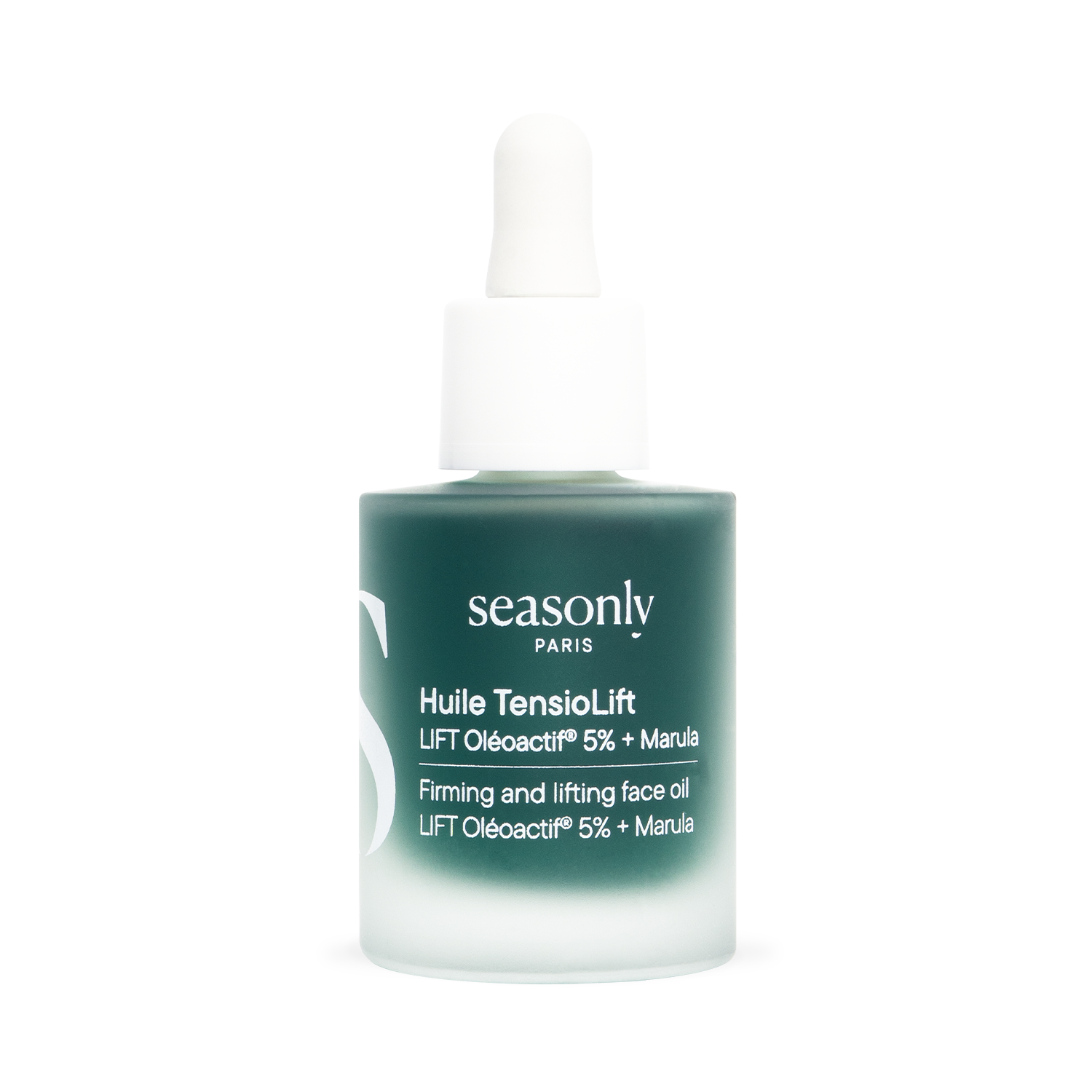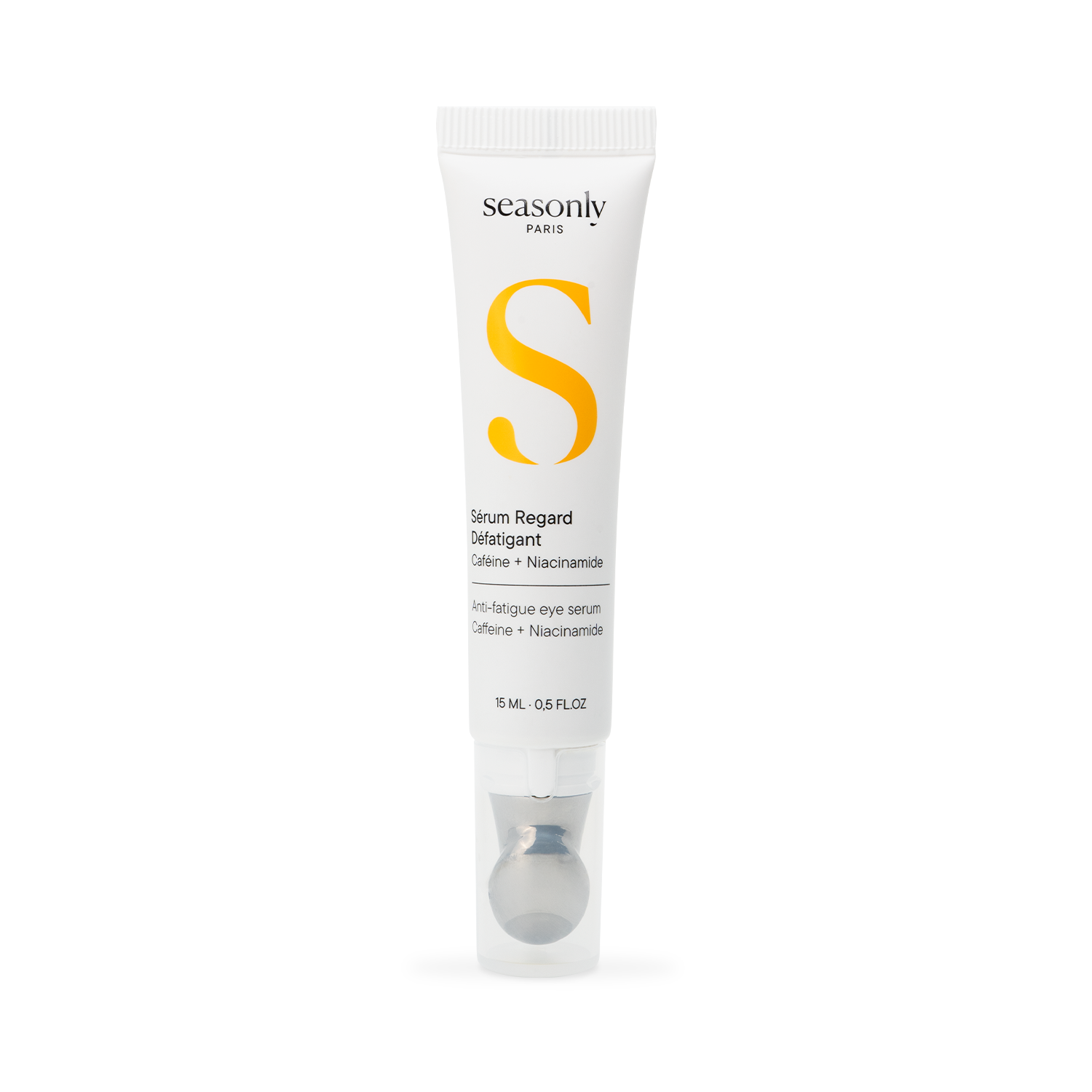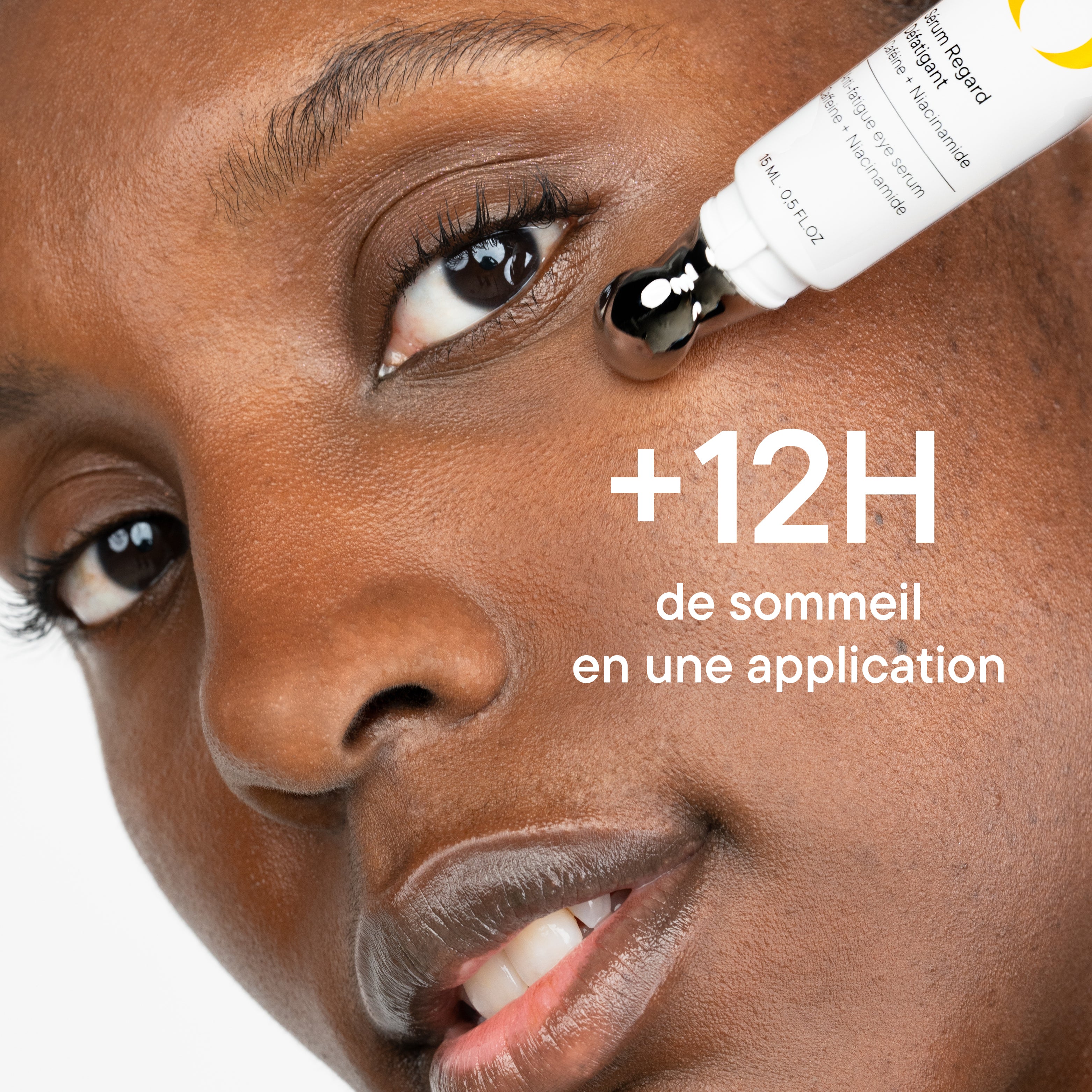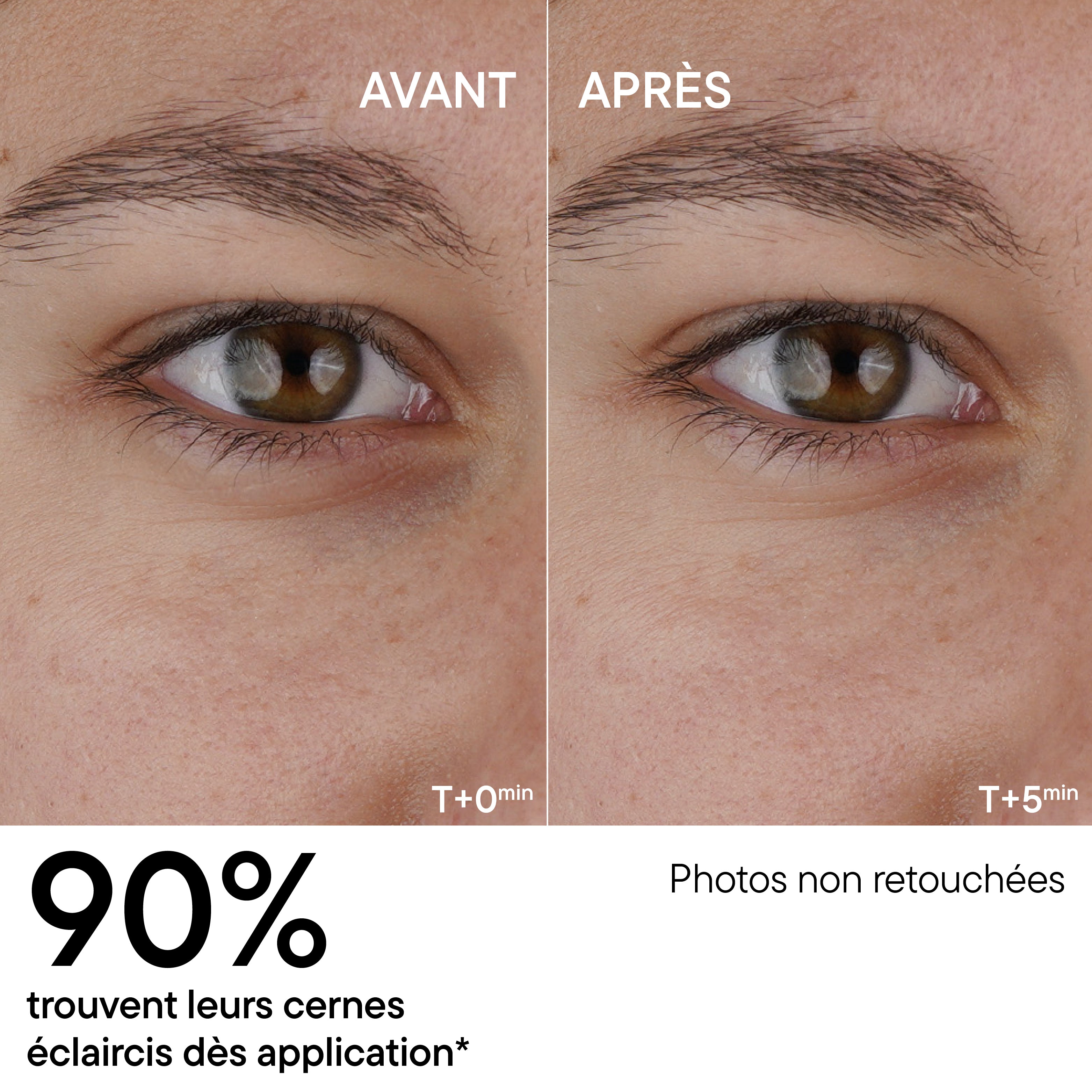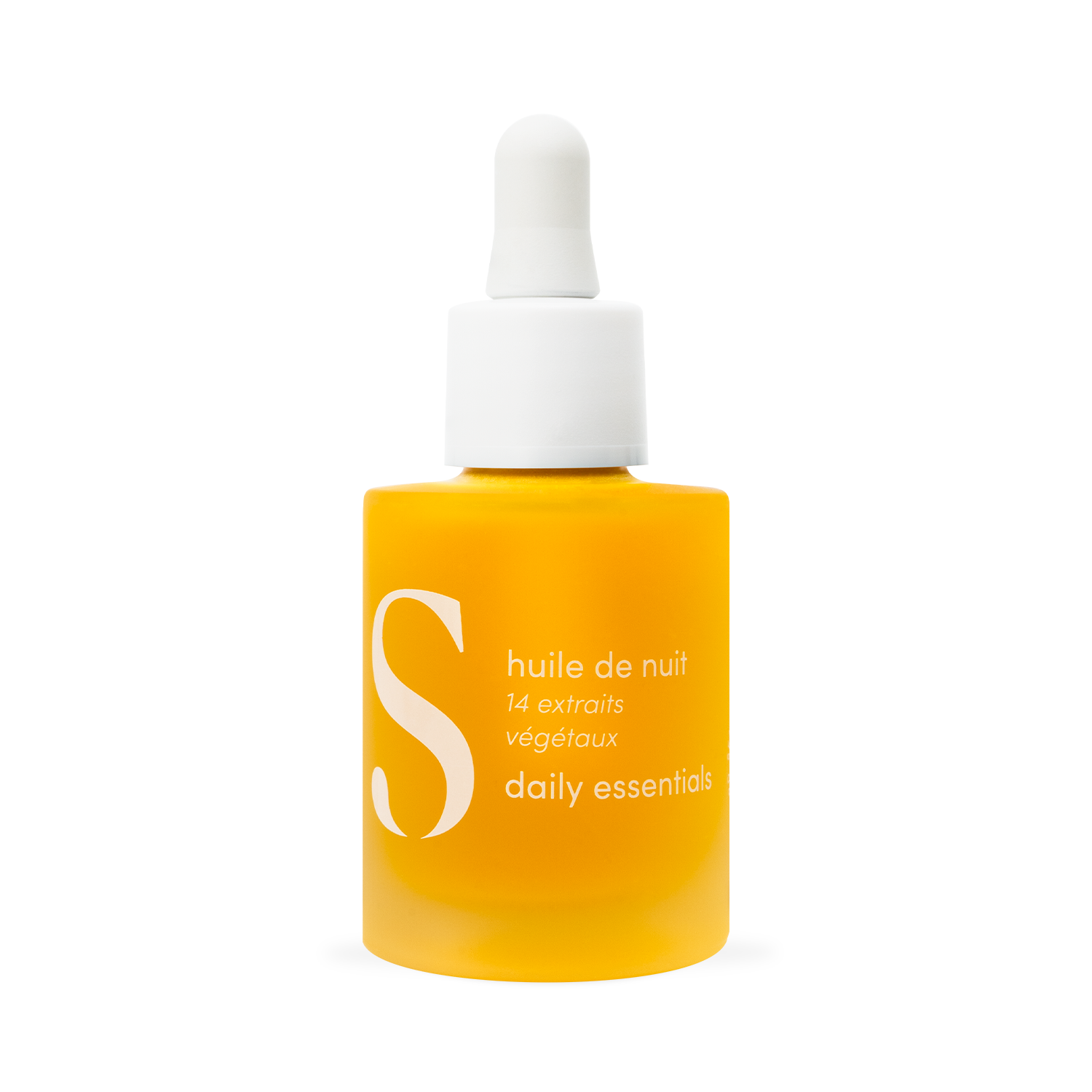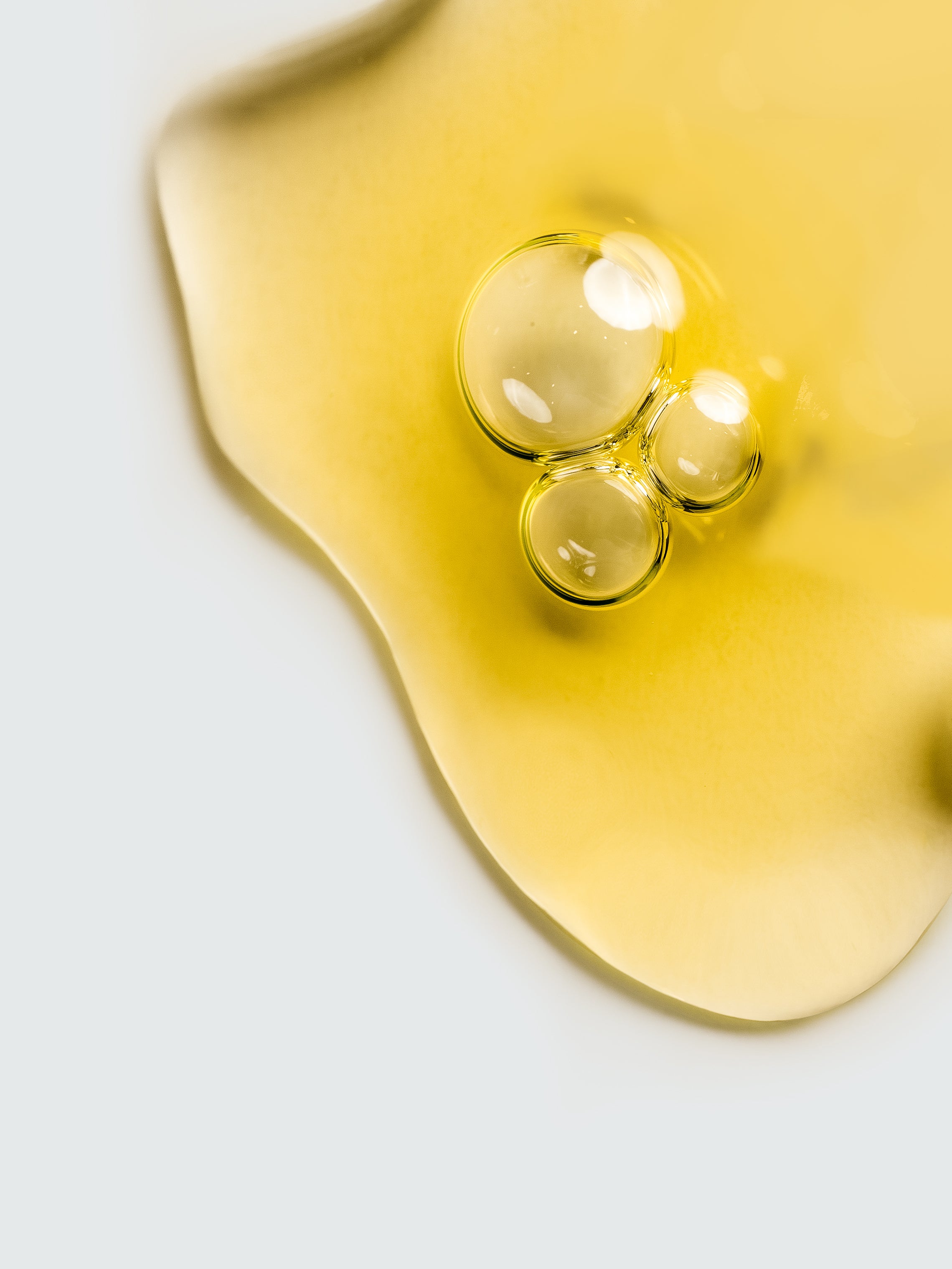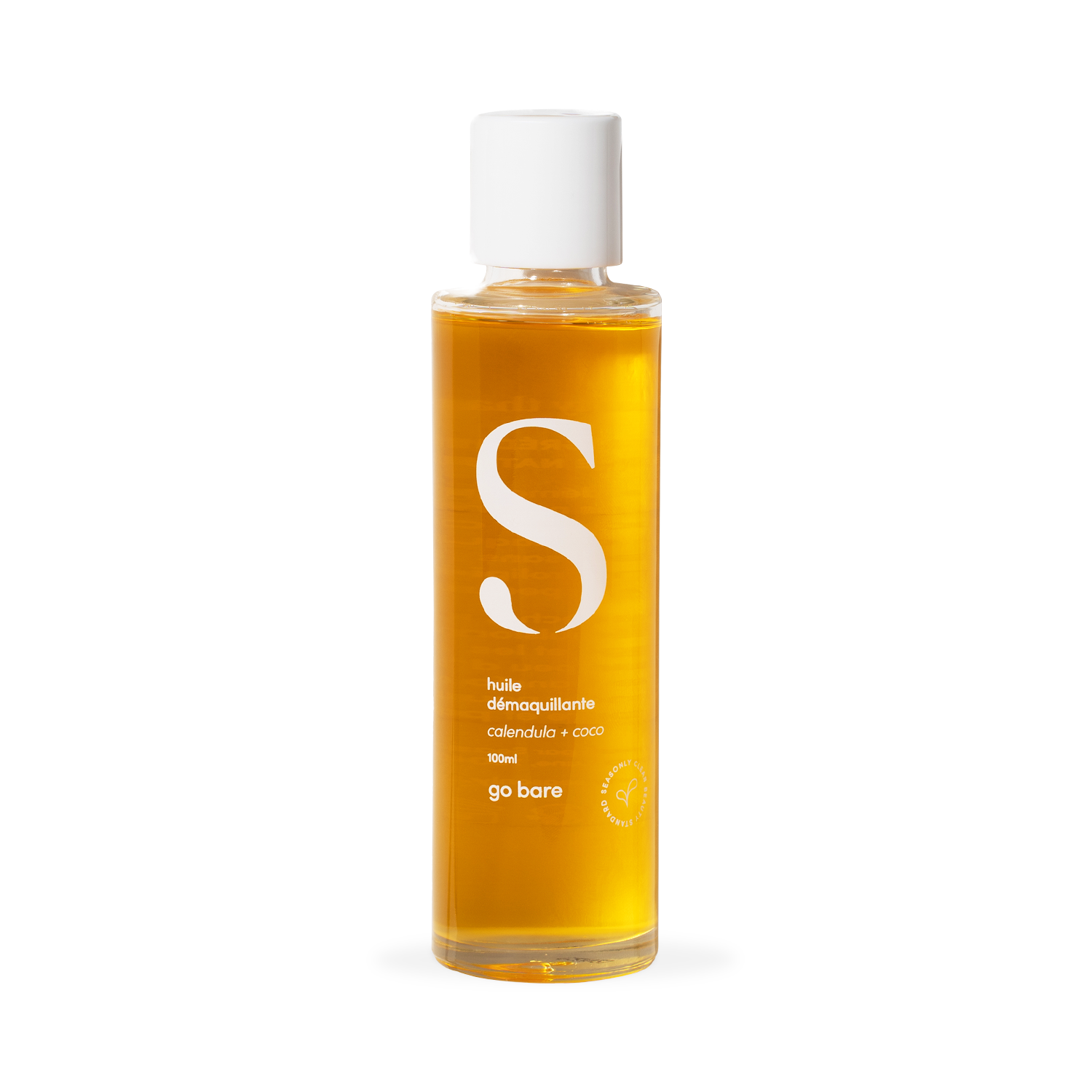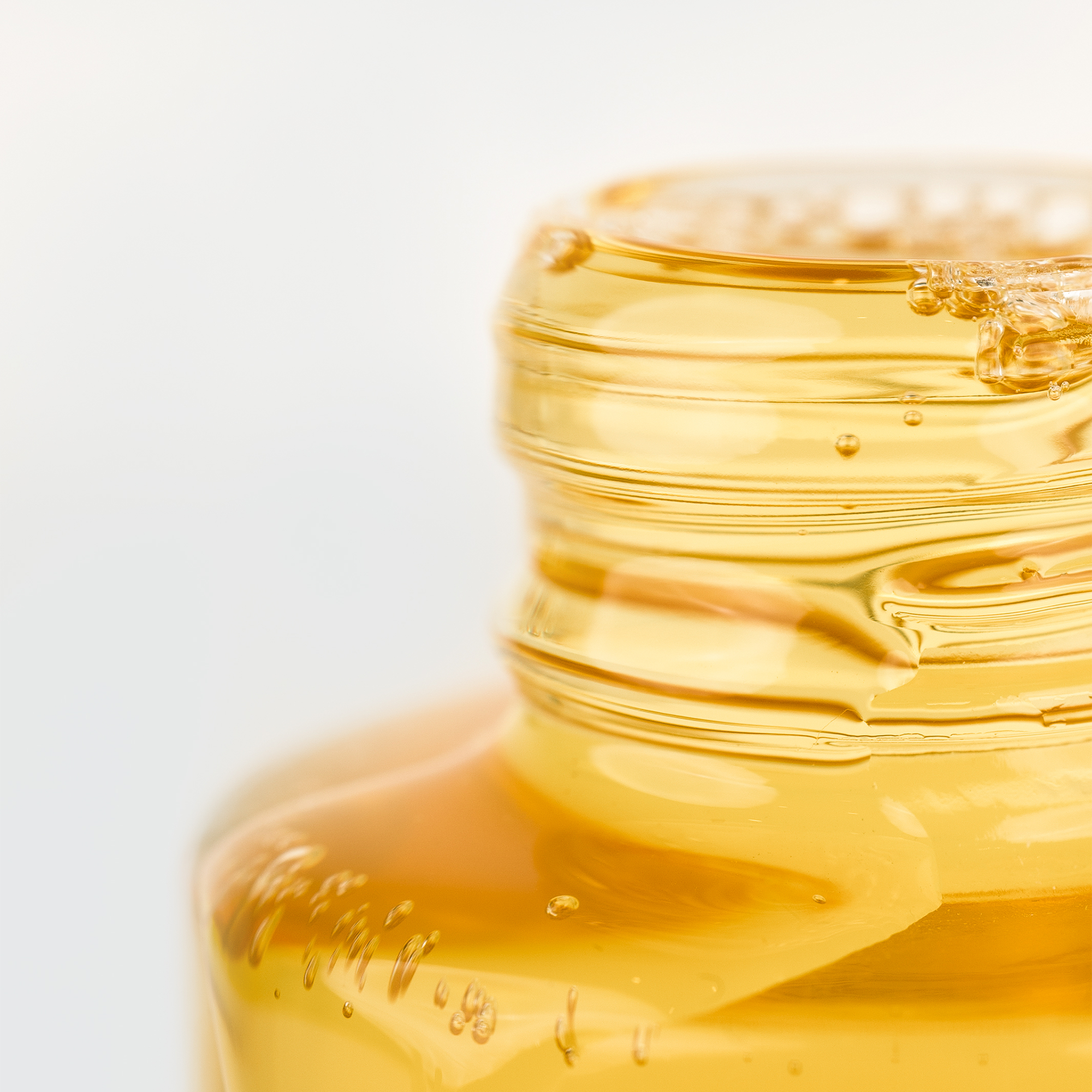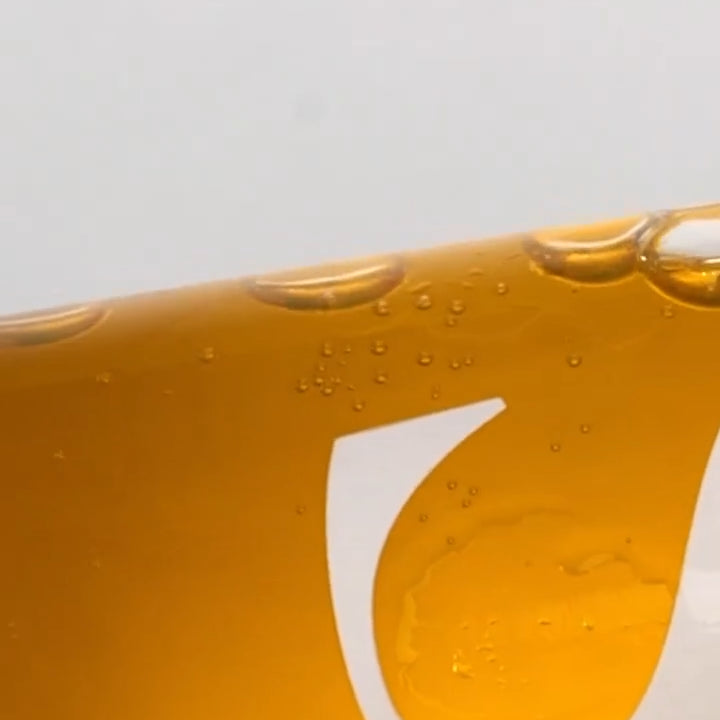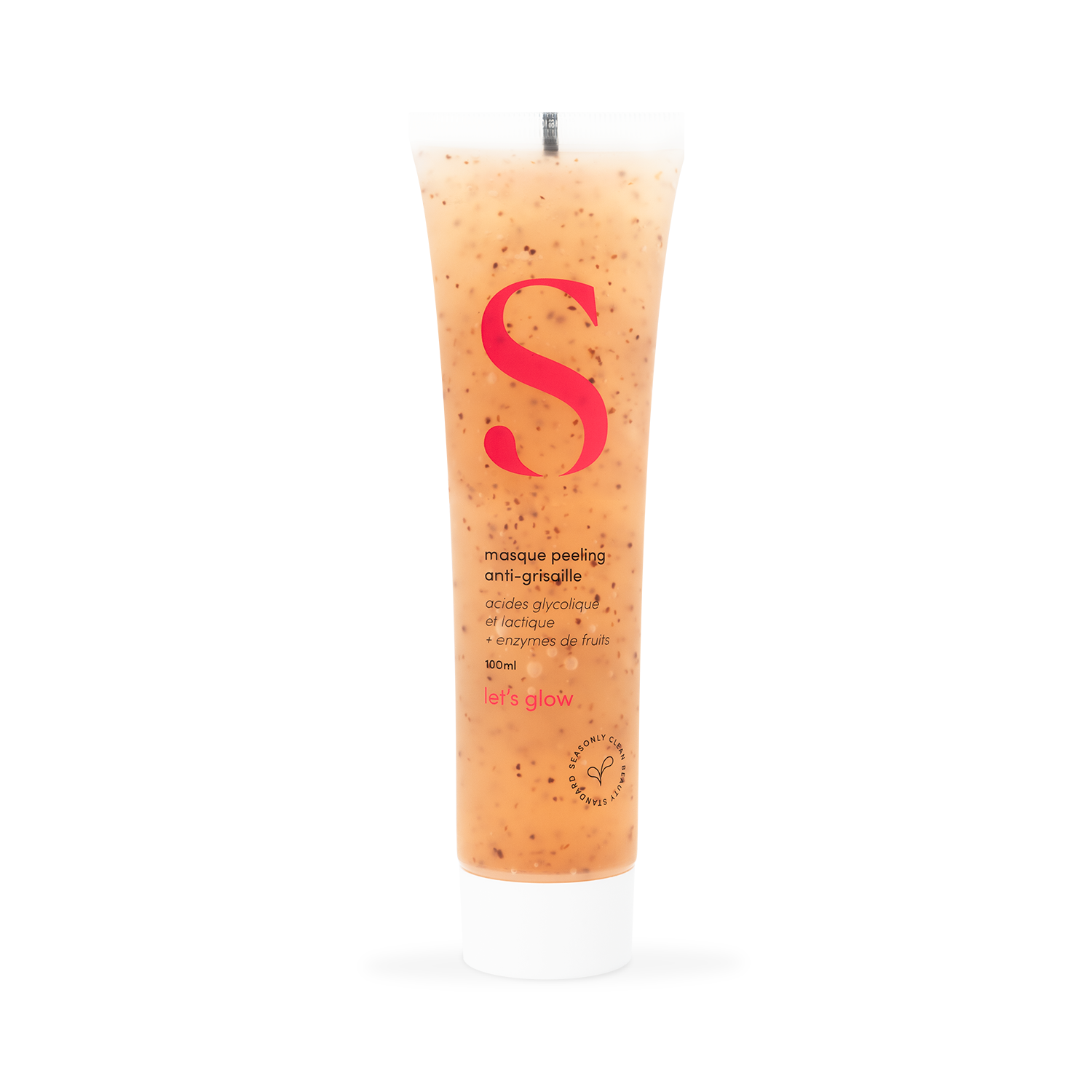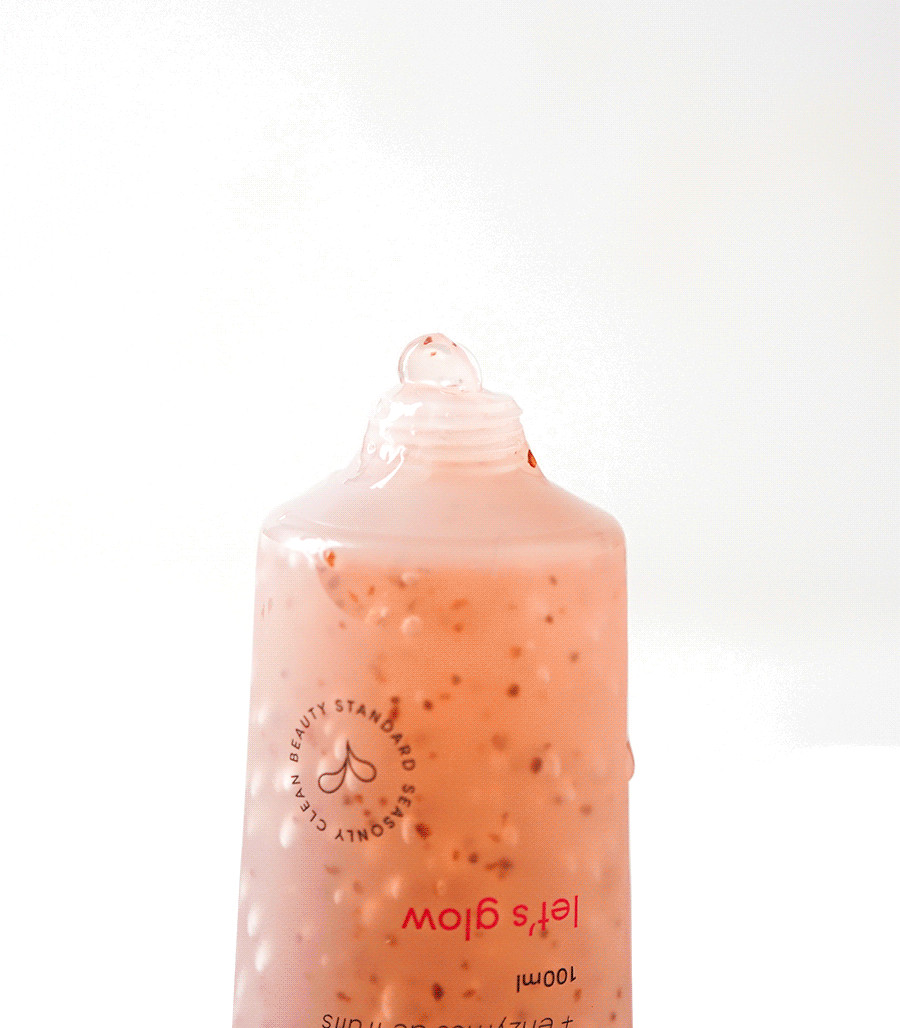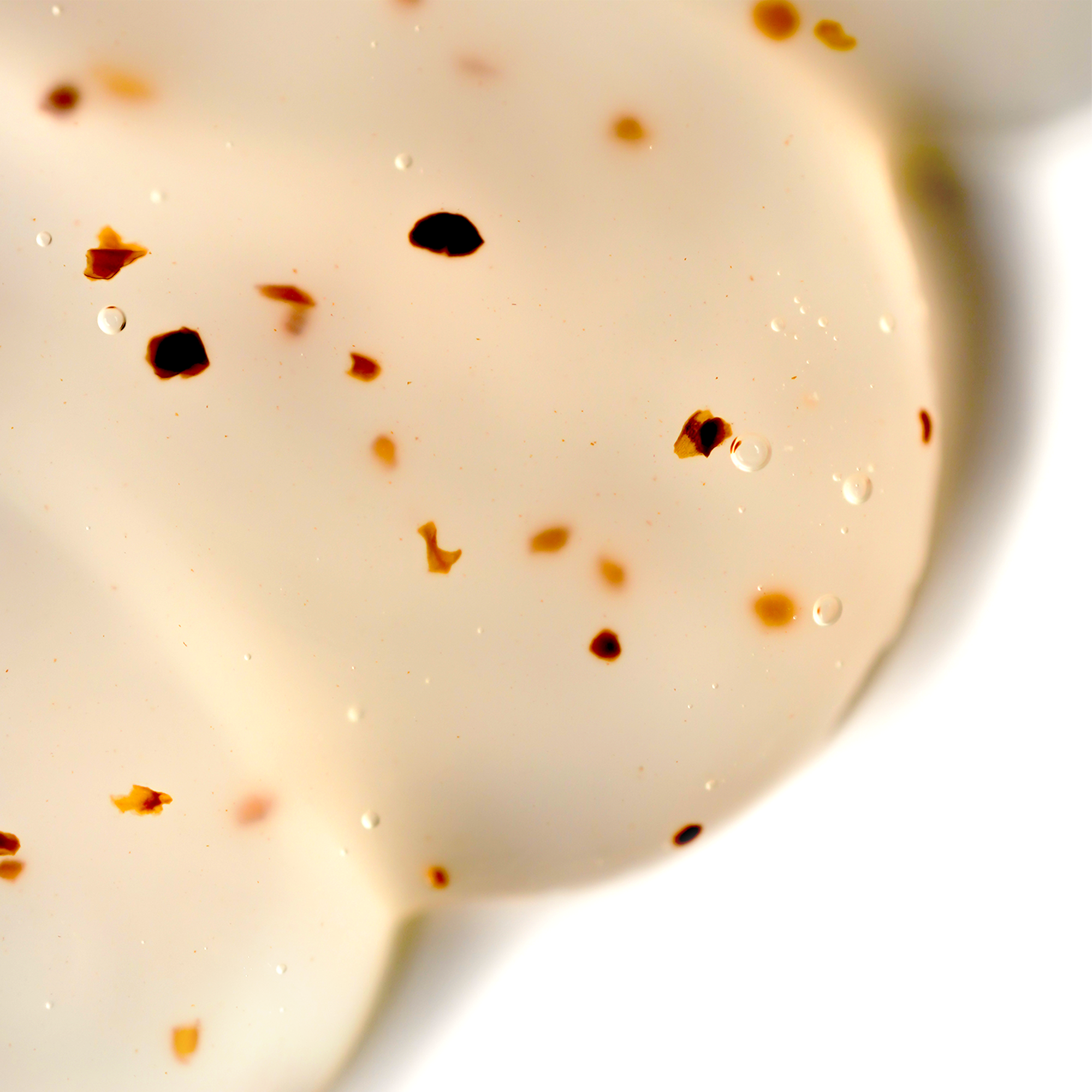What are the 8 signs of skin aging?
Skin aging is not just the appearance of wrinkles on the face, it is a set of changes that impact the skin but also the structure of the face. In the cosmetics sector we often talk about the 8 signs of skin aging, but do you really know them?
Fine lines
Before wrinkles set in, fine lines mark the face, these are fine lines. If fine lines appear before the age of 30, then it is likely that they are so-called “dehydration” fine lines, a common phenomenon which can be countered by the use of moisturizers rich in hyaluronic acid for example, this active ingredient will help boost collagen production and help the skin regain its suppleness. A few minutes of facial self-massage each day will also help erase these fine lines and smooth the skin. If you are over 30, hyaluronic acid accompanied by so-called botox-like active ingredients will allow you to plump up the skin before wrinkles set in.
Deep wrinkles
The appearance of deep wrinkles is often the first sign attributed to skin aging. Located in the areas most used on a daily basis: the eyes (crow's feet wrinkle), the forehead (frown wrinkle) or the mouth (nasolabial fold wrinkle), these expression lines are quite normal and their appearance is linked to the fact that the skin loses suppleness and elasticity, it will therefore mark more easily.
Loss of volume
Skin aging leads to a loss of volume, so it is normal to see the shape of your face change over time: the face is less round, more angular, the cheeks are more sunken...this is due to the loss of adipose tissue underneath. -cutaneous, fatty tissues become thinner in this part of the body and this leads to a loss of volume which will itself lead to a loss of firmness and sagging of the skin.
Loss of elasticity
Loss of elasticity is also linked to skin aging. With age, the skin thins and sags, this is linked to the decline in the production of collagen and elastin which leads to skin sagging that is particularly visible on the neck and cheeks. It is nevertheless possible to use specific active ingredients such as Vitamin C and hyaluronic acid.
Lack of firmness of the skin
Linked to the loss of elasticity, the loss of firmness results from the reduced production of two key proteins for supple skin: collagen and elastin. The skin is less firm, it seems to sag in certain places and it marks much more easily.
Loss of hydration
As we age, the skin loses its ability to retain water, which can cause a feeling of dryness and tightness. The skin feels uncomfortable, feels dry to the touch, and seems to mark more easily. The preferred active ingredient in the event of dehydration is hyaluronic acid because it retains up to a thousand times its weight in water to restore the skin's suppleness.
Rarefaction of microcirculation and angiomas
We note a rarefaction of blood microcirculation linked to skin aging, in fact, the influx of blood in the small vessels is reduced which can lead to a lack of radiance and a lack of uniformity of the complexion. The complexion is dull, may appear tired and small vessels may be visible through the thinning skin.
Pigment spots
We know that age spots can be caused by prolonged exposure to the sun without proper protection, but they can also appear with age. Indeed, the appearance of these small dark spots, most often on the face, neck and hands, is one of the first signs of skin aging; however, it is possible to fade them with gentle exfoliation and the use of lightening active ingredients.
Our recommendation? To target all the signs of skin aging, we have developed TensioLift, the first 100% natural anti-aging oil to reproduce the effects of botox thanks to Spilanthes, a muscle relaxant active ingredient that inhibits muscle contractions.






